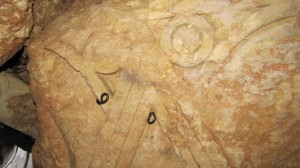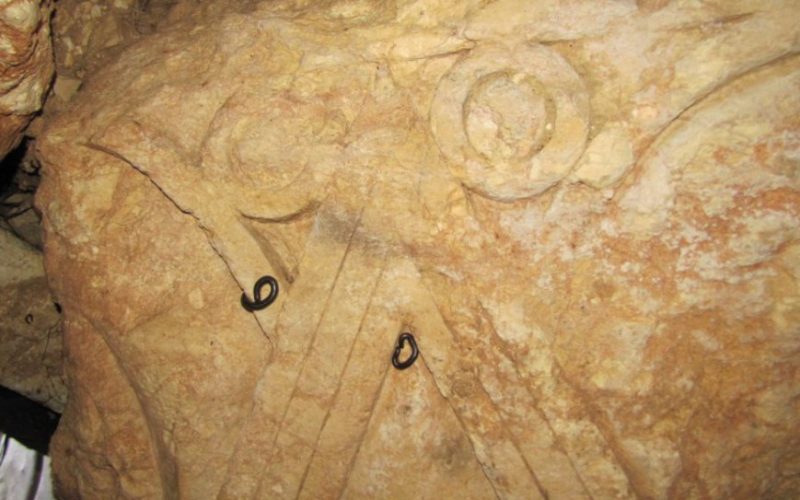Archaeological Amnesia!

A few months ago I blogged about a mysterious First Temple-era archaeological find under a Palestinian Arab orchard near Bethlehem. The find got some news attention despite attempts to keep it quiet. The story started in February when a tour guide, leading a group through an underground tunnel in the rural West Bank, not far from Jerusalem, was surprised to stumble upon the remains of a unique carved pillar. The pillar matched monumental construction from the 9th or 8th centuries BCE – the time of the First Temple in Jerusalem. That signaled the presence of an important and previously unknown structure from that period. But the remains are in a politically charged area of the West Bank, on the outskirts of an Arab village and on land privately owned by a Palestinian. More than this, it is near the security fence separating the areas under control of the Palestinian Authority from the areas under Israeli control. For all these reasons, the Israeli government hesitated from excavating the unique find. Rather than seeing a monumental structure from King David and King Solomon’s time, what they saw is a major political headache to be avoided.
When it became clear that antiquities officials did not intend to excavate what he believed to be a potentially huge find the tour guide, Binyamin Tropper, went to the Hebrew press, where several reports appeared. The Times of Israel’s Matti Friedman also covered the story in English.
Tropper has kept the location secret to avoid attracting the attention of antiquities thieves. For my part, I can reveal that it’s southwest of Jerusalem, near the security fence. Early in June, several prominent Israeli archaeologists were brought to inspect the site. Among them was Yosef Garfinkel, an archaeology professor from Hebrew University. According to Garfinkel, there is no doubt the remains are those of monumental construction from the time of the First Temple. The top of the pillar, known as a capital, is of a type known as proto-aeolic. That style dates to around 2,800 years ago. According to Professor Gabriel Barkay, “there is no question that the find is very important. There is no doubt that it is part of an official royal building. Only 50 similar capitals have been found in Israel, 11 of them in Judea. This is number 12.”
The pillar marks the entrance to a carved water tunnel reaching 250 yards underground, Garfinkel said. Such complex construction would almost certainly have been carried out by a central government. At the time, the area was ruled by Judean kings in nearby Jerusalem. In its scale and workmanship, Garfinkel said, the tunnel evokes another grand water project of First Temple times – the Siloam Tunnel in Jerusalem, now underneath the modern-day Arab neighborhood of Silwan. That project is believed to have been undertaken by the biblical king Hezekiah to channel water into the city ahead of an Assyrian siege in the 8th century BCE, according to an account in the biblical Book of Kings. The existence of a large water tunnel at the new site suggests the presence nearby of a large farm or palace, Garfinkel said. “The construction is first-rate,” he said. “There is definitely something important there from biblical times, the 9th or 8th centuries BCE.”
For the Biblical “minimalists” such as Tel Aviv University’s Professor Israel Finkelstein, who say that King David and King Solomon are mythological figures, this find is a real setback. It is hard proof that these kings existed and that they were not minor figures but, rather, as the Bible says, they left behind monumental structures attesting to a real monarchy.
Tropper, the guide, said he hoped interest from professional archaeologists would prod the government to conduct an excavation. The site could be a source of income for the Palestinian owners and the nearby village, he suggested. But, so far, nothing has been done. After the publicity died down, so did the interest. The authorities are hoping that everyone will forget this unique find from the period of King David. The government is betting on collective archaeological amnesia.
Click here to see my recent article “Bulldozer Archaeology” on The Times of Israel.

